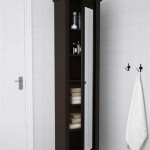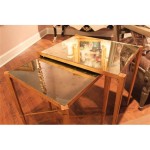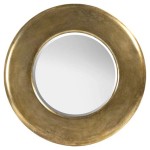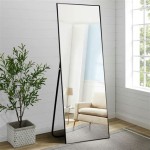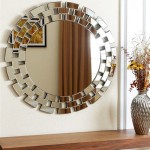How to Mirror Android Phone to PC Without USB Debugging
Mirroring an Android phone's screen to a PC can be beneficial for various tasks, from presentations and gaming to troubleshooting and app demonstrations. While USB debugging offers a reliable connection, it's not always the most convenient or accessible option. Fortunately, several methods allow screen mirroring without enabling USB debugging.
One common approach leverages wireless display technologies like Miracast. Many modern smart TVs and some PCs have built-in Miracast support. To utilize this method, users should first ensure both the Android device and the PC are connected to the same Wi-Fi network. On the Android device, the screen mirroring feature is typically found within the display settings or quick settings menu. Its exact name and location might vary depending on the Android version and manufacturer. Once activated, the device will search for available Miracast receivers. Select the PC from the list of discovered devices.
If the PC doesn't have native Miracast support, a third-party receiver application can bridge the gap. Several free and paid options are available online. After installing the receiver software on the PC, launch it and enable the receiving mode. Then, proceed with the screen mirroring steps on the Android device as described above. The phone's screen should then be displayed on the PC monitor.
Another method involves using Chromecast. A Chromecast device plugged into an HDMI port on the PC monitor effectively turns it into a smart display. Mirroring an Android screen to Chromecast requires the Google Home app installed on the phone. Open the app and select the Chromecast device. A "Cast my screen" option is typically available within the app's menu. Tapping this option will mirror the phone's display to the Chromecast, and therefore, the PC monitor.
Certain manufacturers offer their own dedicated screen mirroring applications for their Android devices. For example, Samsung provides Smart View, while other brands might have similar utilities. These applications generally streamline the connection process between the phone and a compatible device, including PCs. Users should check their device's documentation or the manufacturer's website for information regarding such applications.
Third-party screen mirroring applications offer another alternative. Several apps are available on the Google Play Store designed specifically for this purpose. These apps often provide additional features like screen recording and remote control functionality. After installing a chosen app on the phone, users typically need to install a corresponding desktop client on the PC. Following the app's instructions, which usually involve connecting both devices to the same network, establishes the mirroring connection.
For users working primarily with Amazon devices, mirroring to a Fire TV Stick connected to the PC monitor is a viable option. Similar to Chromecast, the Fire TV Stick transforms the monitor into a smart display. Many Android devices support casting directly to a Fire TV Stick. This functionality is often accessed through the screen mirroring option in the device's display settings. If direct casting isn't supported, third-party apps specializing in mirroring to Fire TV devices are available.
When choosing a method, consider factors such as network stability, latency requirements, and the specific features needed. Wireless methods, while convenient, can be susceptible to network interruptions. The quality of the mirrored display can also be affected by network congestion. For scenarios requiring minimal latency, such as gaming, a wired connection might be preferable, but often requires USB debugging.
Furthermore, the specific functionalities available might vary depending on the chosen method. Some methods might only mirror the screen, while others might offer additional features like audio streaming and remote control. Understanding these differences helps select the method best suited to the specific needs of the user.
Troubleshooting common mirroring issues often involves verifying network connectivity. Ensure both the phone and the PC are connected to the same network and that the network is functioning correctly. Restarting the devices and routers can sometimes resolve connection problems. Checking for software updates on both devices and ensuring compatibility between the Android version and the chosen mirroring method can also help resolve potential issues.
Different methods offer different levels of functionality and complexity. Users should explore the various options available to determine the most suitable method for their specific requirements and technical proficiency. Understanding the underlying technology and the limitations of each method allows for a more informed decision and a smoother mirroring experience.
With the advancements in wireless technologies, screen mirroring has become increasingly accessible and user-friendly. These methods provide convenient ways to share and interact with content from an Android device on a larger PC screen, enhancing productivity and entertainment experiences.

3 Methods To Recover Android Data Without Usb Debugging

How To Mirror Your Android Screen Without Usb Debugging Peterelst

No Root Screen Mirroring Android To Pc With 5 Methods Imobie

How To Screen Mirroring From Android Windows Pc 4 Ways

3 Easy Ways How To Mirror Broken Screen Android Pc

Best Ways To Mirror Android Pc Via Usb

How To Mirror Android Screen Pc Via Usb Wirelessly Easy

How To View Broken Phone Screen On Computer

How To Do Android Broken Screen Mirror Pc Flashget Cast

3 Best Ways How To Recover Data Without Usb Debugging

